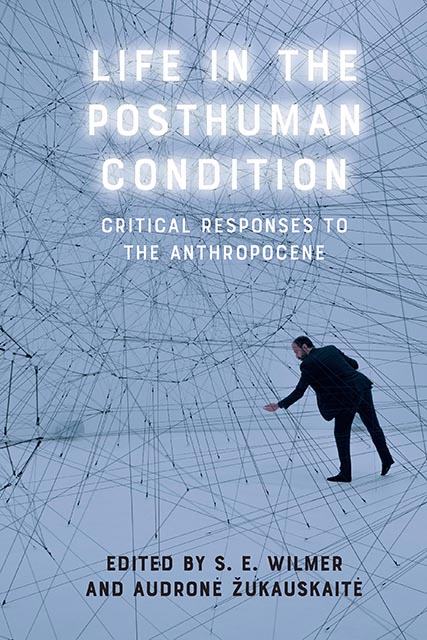8 - On Zoē and Spider Life: Studio Tomás Saraceno’s Working Objects in the Critical Posthumanities
Published online by Cambridge University Press: 20 October 2023
Summary
Posthuman working objects
A multitude of expressions of life define the posthuman perspective of what was once called ‘natural’ but is now fully embedded in technocultural knowledge practices. The question of life, not only as bios but as the material non-human life of zoē, has become a key reference point for such critical posthumanities as Rosi Braidotti's (2016, 2019). A variety of perspectives help us to understand the complex, often transspecies and ecological, notions of life. These are mapped both in the humanities, the arts and in a variety of scientific practices, for many different ends but also through a variety of techniques of knowledge: as images, data sets, and many other ways that capture, for example, animal life in and as mediation. In my earlier work such as Insect Media (Parikka 2010), I aimed to articulate this as non-human media theory that proceeds by way of a cultural history of animal sensation; this I have started to call my ‘AI’ book, which was not a reference to artificial intelligence, but animal intelligence much in the spirit of Braidotti's zoē. This relational ecology of intensities, or a set of capacities of sensing, helps us to understand some of the links between cultural representations, artistic methods and important scientific work about non-human animals. This chapter pursues some of these questions and contributes an understanding of how animal intelligence is framed in and through artistic engagement with questions of sensing. In other words, the text addresses contemporary art and science collaborations with special attention paid to how artistic practices, in this case, the renowned contemporary artist-architect Tomas Saraceno and his large studio team, deal with questions of environmental formations and agency. As such many of the projects, including the ON AIR (2018–19) exhibition discussed in this chapter, are already implicitly part of the field of environmental humanities, which over the years has incorporated approaches relating to ‘agency, cultural formations, social change and the entangled relations between human and nonhuman worlds’ (Rose et al. 2012: 2). From multispecies ethnographies to cultural theory of the posthuman, from environmental histories and deep times to conceptually rich work on non-human animals, the field also reaches out to art practices.
- Type
- Chapter
- Information
- Life in the Posthuman ConditionCritical Responses to the Anthropocene, pp. 149 - 172Publisher: Edinburgh University PressPrint publication year: 2023



